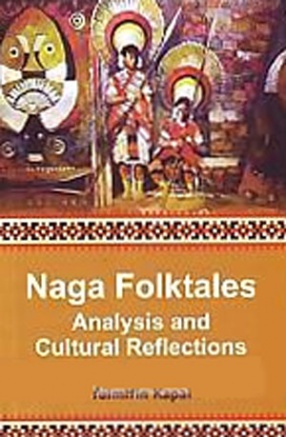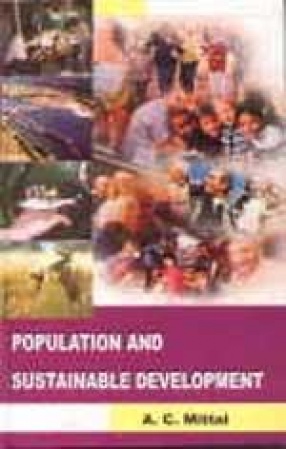Although Naga’s folktales have been more or less extensively collected, there are hardly any in depth studies. Analysis of Naga folktales remains largely sporadic. Given the collectors’ primary interest of presenting the folktales as mere "stories," however, it does not come as a surprise when their cultural significance is neglected. Drawing on the syntagmatic model of Propp and paradigmatic model of Levi-Strauss, this book analyzes some of the folktales to unearth the cultural and historical insights that they impart. Reinforced by the careful study of the colonial literature the book presents a stimulating picture of the colonial culture of the Nagas that crucially contests the "received" history. Besides, it problematizes some of the assumed " facts" such as the origin of Nagas and of the name "Naga". As its central argument, the book persistently contends that many aspects of Naga’s culture and its history have been misrepresented.
Such a refreshing look at the colonial period is significant notably on two accounts. First, Naga’s culture in the wake of the advent of the British is rapidly vanishing. Second, the projected and misrepresented culture of the Nagas has become the established "truths". When Nagas got converted to Christianity in the first half of the twentieth century, they discarded many traditional practices. However, many beliefs and customs abide, and Naga’s "Past" continues to shape her present. Therefore, the book will be of interest not only to the folklorist, but it will also appeal to the reader of tribal culture in general and the culture of the northeast tribals in particular.




There are no reviews yet.